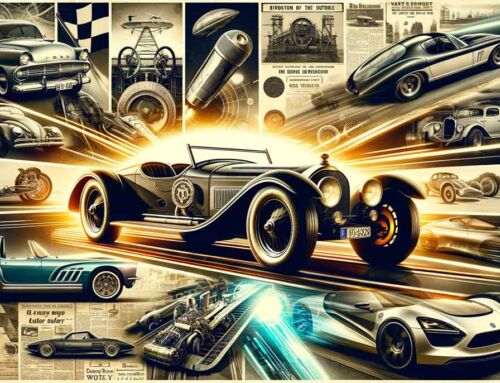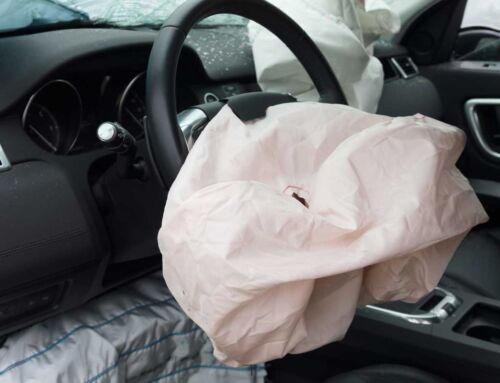While we might not be too familiar with the Beehive State out here, Salt Lake City made headlines this winter due to their burgeoning problems with air pollution. The city sits in a desert basin with mountains that break up much of the wind flow, leading to a stunning panoramic photograph released in December of smog trapped over the city lights. In fact, Salt Lake City has been plagued by these “winter inversions” of settled smog in winter months for several years, as they work to lower emissions and pollution. It would appear that one method of lowering pollutants is, in fact, to help other auto body shops follow Downtown’s lead. Here is how and why they are doing it.
The state of Utah recently started a program providing grants to small businesses to make improvements that could improve air quality in and around Salt Lake City. ACS Precision Finish, a small auto body shop owned by a father and son, applied for one of the grants to purchase a water-based painting system, much like the one we use right here in Rohnert Park. Anthony Gallegos, the owner of the shop, was skeptical at first, since he spent the last 20 years working with solvent-based paints – a feeling we know only too well. However, he quickly discovered that not only does a water-based system cut down on noxious fumes making the job easier for his employees, but it also provides a better service for customers, with a smoother finish and better paint matching. Once he realized the paint matching capabilities, he decided to apply for the grant and the state awarded him $15,000 to purchase the system.
This is really only the beginning, in our opinions as professionals. In 2012, industry insiders were already stating that “waterborne paint [was] changing the automotive industry”. California already has regulations about using technology to cut down on volatile organic compounds (VOCs), and the painting system we use is favored in most of Europe and Canada. However, seeing it slowly gather momentum as a favored painting method in more conservative locales that have no laws on the books, as they recognize its potential to provide better paint jobs, is deeply satisfying.
Now that the paints manufactured for the system are on their second or third generations, the advantages provided are enormous, as the paints are capable of proving more resistance to abrasions and heat sources than traditional solvent-based paints and have excellent adhesive quality . There is definitely something to be said for being ahead of the curve, but we are pleased to see the rest of the country catching up. If exclusive use of water-based automotive painting systems could remove 572 pounds of daily emissions from Salt Lake City, imagine the change if every auto body shop in New York City or Philadelphia changes to water-based paint. That would be worth seeing.




